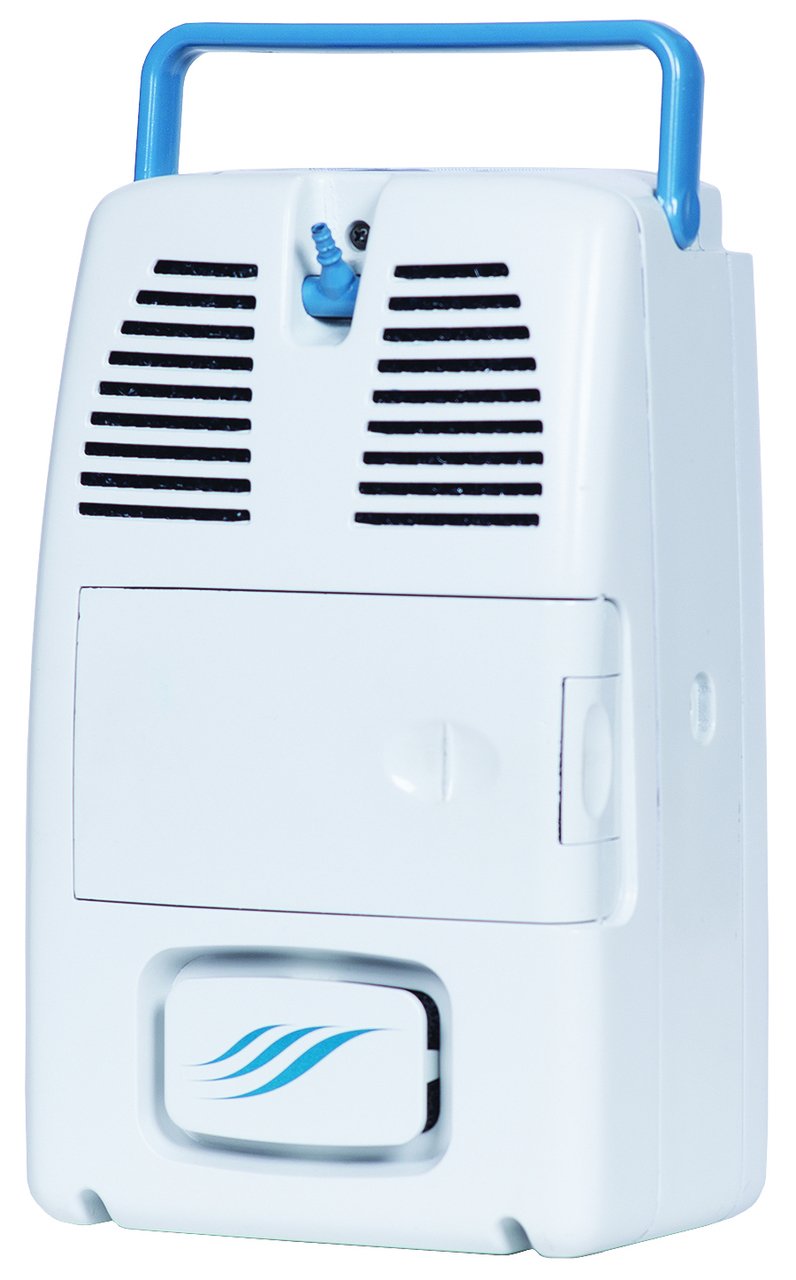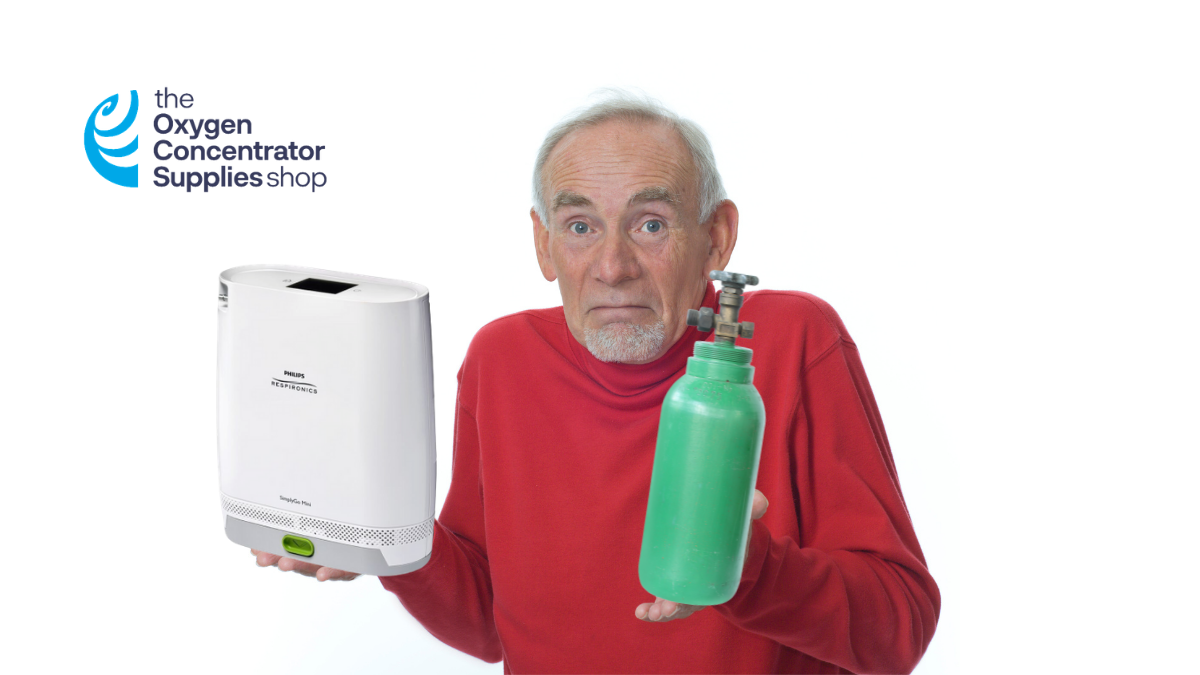Our Oxygen Tanks Diaries
Wiki Article
Some Known Questions About Oxygen Tanks.
Table of ContentsRumored Buzz on Oxygen TanksThe Greatest Guide To Oxygen TanksGet This Report on Oxygen TanksThe Ultimate Guide To Oxygen TanksOxygen Tanks Things To Know Before You Buy3 Easy Facts About Oxygen Tanks Described
Clinical oxygen is made use of for particular objectives, whereas industrial oxygen is utilized for a selection of purposes. People that are unable to give their own oxygen will benefit from oxygen treatment.We breathe in oxygen, which is a gas in the air. People with breathing problems, on the other hand, might not be able to get adequate oxygen by themselves. They might additionally require oxygen treatment or supplemental oxygen if they require it. Oxygen treatment has actually been shown to enhance power levels in addition to rest for a number of people.
You can gain access to the oxygen you need by utilizing a CPAP equipment. What are the threats of not giving oxygen to a client?
Getting My Oxygen Tanks To Work


Putting clients on oxygen is among the easiest as well as most effective interventions used to stabilize a substantial variety of clinical problems. This section will review the different tools made use of to provide as well as carry oxygen and how you could pick one over the various other based on patient discussion. Mobile oxygen cylinders are the most usual type of oxygen offered in the field.
Some Known Factual Statements About Oxygen Tanks
The oxygen cylinders made for medical use are made to enable only medical-grade regulators to be attached-- and only in one setup. The imprints on the cyndrical tube match up with pins on the regulatory authority and enable smooth and limited connection when protected to the cyndrical tube To connect a regulator to a cyndrical tube; If present, eliminate the plastic cap on the cylinder. oxygen tanks.Line up the pins and also indentations present on the cyndrical tube and regulatory authority. Secure the screw system on the regulatory authority until it is tight and also there is no movement in between the regulatory authority and cylinder. See to it the regulator is in the off setting, take the oxygen-cylinder wrench and also turn the cyndrical tube on, after that quickly turn it withdraw.
If no leaving air is observed, turn the cyndrical tube back on and also evaluate the regulatory authority by transforming it to a chosen flow rate. The stress indication on the regulator shows the interior stress of the oxygen cyndrical tube. Constantly ensure to protect set up oxygen cyndrical tubes at all times and do not leave them unsupported in upright settings where they might drop.
Examine This Report on Oxygen Tanks
Oxygen why not look here is extremely flammable and ought to never ever be used or kept near an open flame. The primary oxygen distribution devices that you will certainly encounter are the,, and. and also the. Each of these has different uses and different limitations, the selection of which to make use of will heavily depend upon the nature of the patient you are looking after.The NC needs to be put on the client with the prongs bending up right into the nares, the tubing covered over the client's ears (or secured to the tubes holders on a C-collar), and after that tightened up to the chin with the gliding mechanism. Ensure to link the various other end of the tubing to the oxygen regulator as well as set the wanted flow price.
Among the very best means to provide oxygen to a conscious young individual is to set the nasal cannula to 10 - 15LPM and also place it near the person, blowing across their face yet not directly on it - oxygen tanks. Getting the help of a moms and dad or caregiver to hold the nasal cannula in my site the blow-by setting is typically one of the most time-effective method.
The Ultimate Guide To Oxygen Tanks
They have the benefit of supplying nearly 100% Fi, O2; this is typically reduced as a result of the variable fit of the mask on the patient's face. To put an NRB on an individual, initially, attach the tubes to the oxygen regulator and show up the flow to the preferred price (at a minimum of 10 LPM).The price for NRB oxygen management in grownups is in between 10 and also 15 Lpm, and should not be less than 10 LPM. Values below this do not supply sufficient oxygen to completely blow up the bag prior to each breath and also can limit the client's breathing. NRB oxygen management is restricted by the respiration price, depth, as well as high quality of the individual.
This is a method of producing an intermediate shipment technique between the NRB as well as the nasal cannula in ambulances that do not carry facemasks alone. The indications and contraindications are otherwise the like for NRB masks, as are the complications. The procedure for positioning a partial NRB coincides as the positioning of an NRB, with the elimination of among the internal flaps which permits exhalation of run out CO2.
Oxygen Tanks Can Be Fun For Everyone
Next, remove among the straps from the mask and also protect it around the posterior neck of the client connecting it back sideways it belongs. Place the mask over the respiratory tract and protect the mask snuggly to the patient. Tracheostomy masks are consider this the very same thing as an NRB simply for clients that have a tracheostomy-- as well as are indicated in individuals with a tracheostomy who call for additional oxygen.of tracheostomy masks include inflammation of the tracheostomy site, dry skin of the mucous membrane layers, as well as retention of carbon browse around these guys dioxide. Eliminate the band from one side as well as area the mask over the stoma. Secure the band around the patient's posterior neck and also reconnect to the opposite side of the mask. Link the contrary end of the tubing to the oxygen regulatory authority.
Report this wiki page